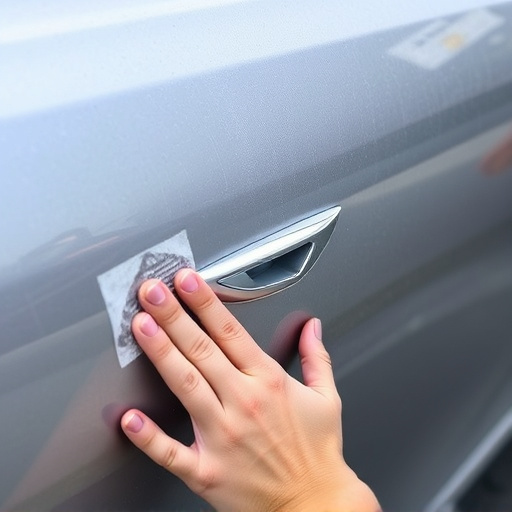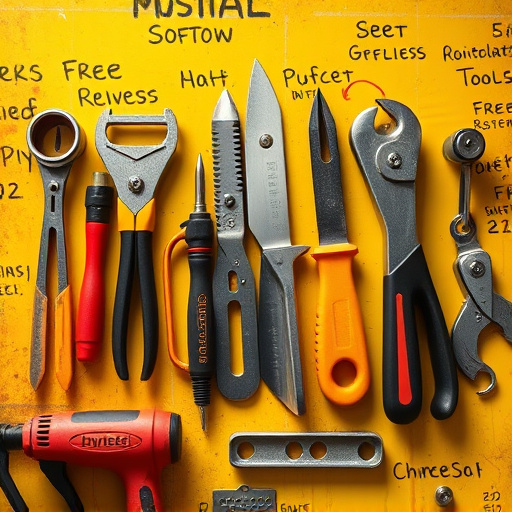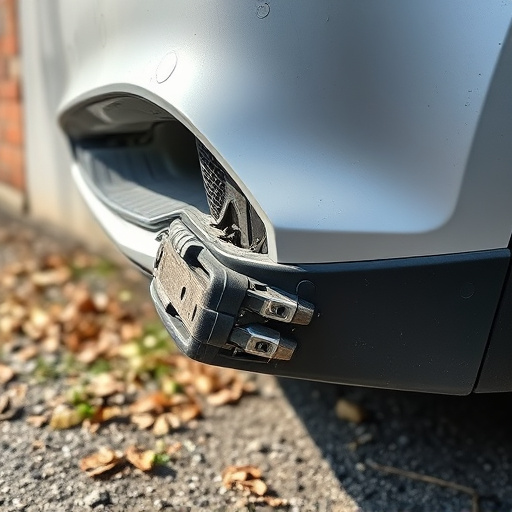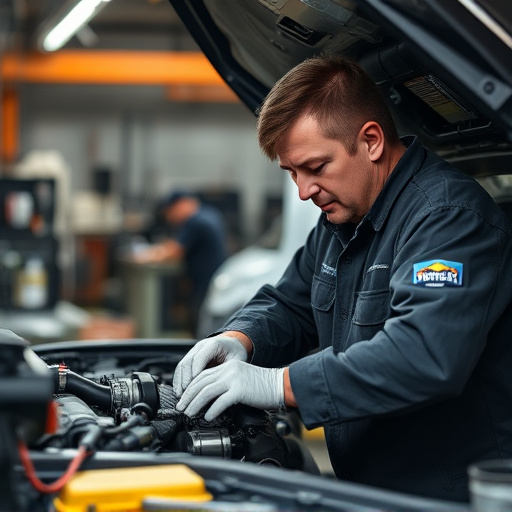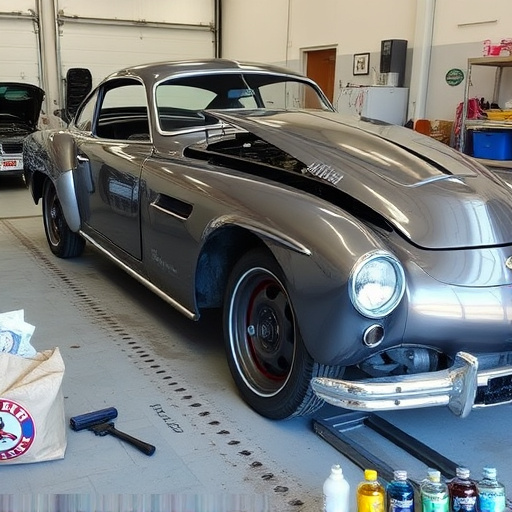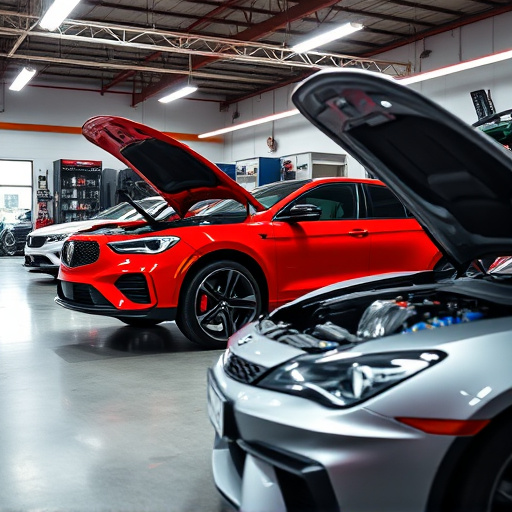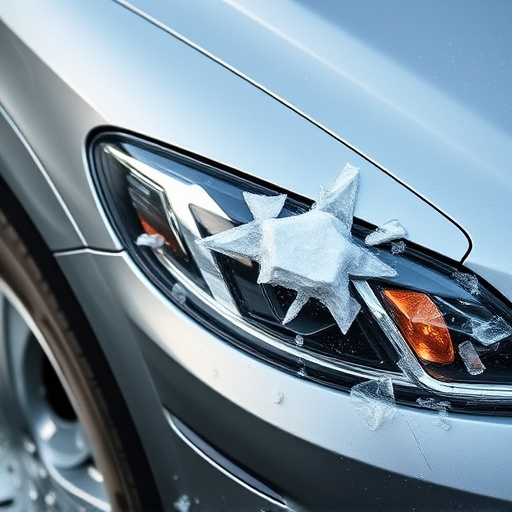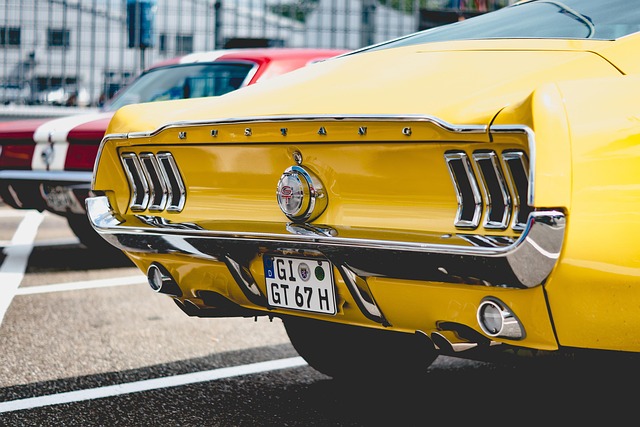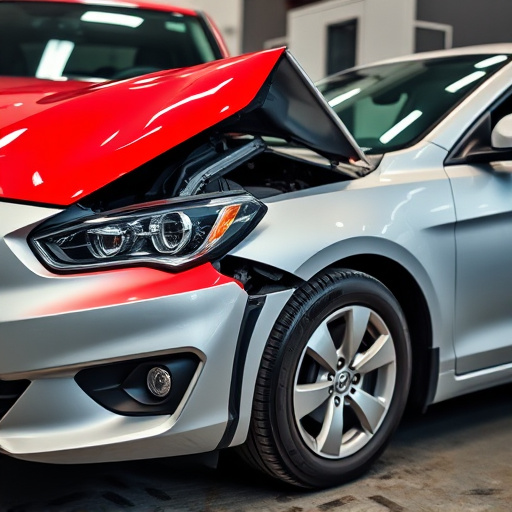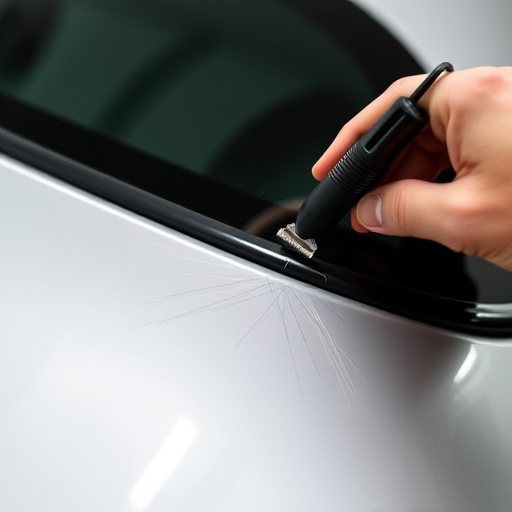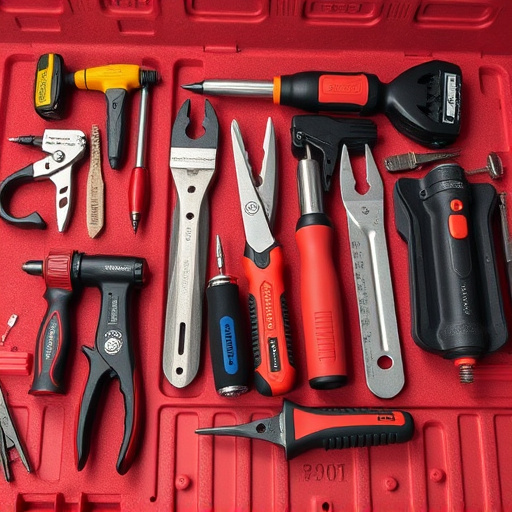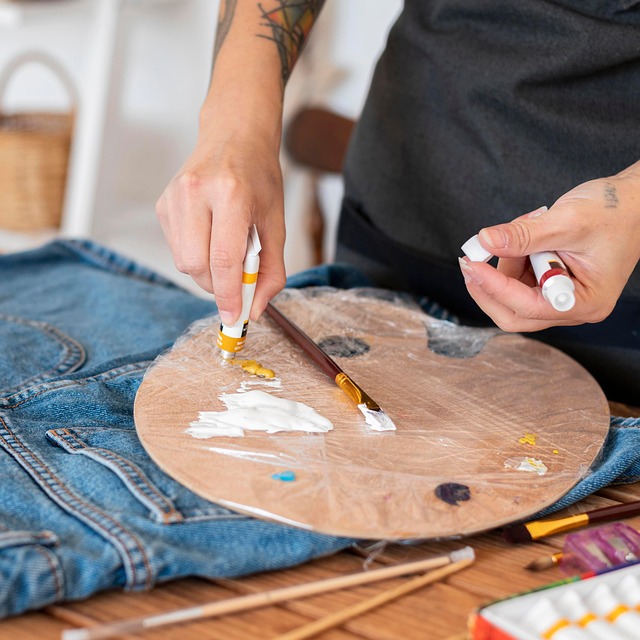OEM glass is critical for accurate Mercedes glass sensor calibration, essential for advanced driver assistance systems (ADAS) and safety features. Crafted to stringent Mercedes-Benz standards, it ensures precise measurements, reliable data collection, and seamless integration within the vehicle. In collision repair shops, using genuine OEM glass maintains high quality control, enhancing road safety through effective collision avoidance mechanisms. Best practices for Mercedes glass sensor calibration include using only OEM glass, proper installation by trained technicians, and regular maintenance checks to extend sensor lifespan and support optimal vehicle performance.
In the realm of automotive precision, original equipment (OEM) glass plays a pivotal role in Mercedes sensor calibration. This high-quality material ensures optimal performance and accuracy for various sensors, from speedometers to advanced driver-assistance systems (ADAS). Understanding the importance of OEM glass is crucial for maintaining the integrity of Mercedes vehicles’ data readings and overall system effectiveness. Explore the impact and best practices to unlock the full potential of your vehicle’s sensor calibration using this essential component.
- Understanding OEM Glass and Its Role in Mercedes Sensor Calibration
- The Impact of Using High-Quality OEM Glass on Sensor Accuracy
- Best Practices for Ensuring Optimal Sensor Calibration with Original Equipment Glass
Understanding OEM Glass and Its Role in Mercedes Sensor Calibration
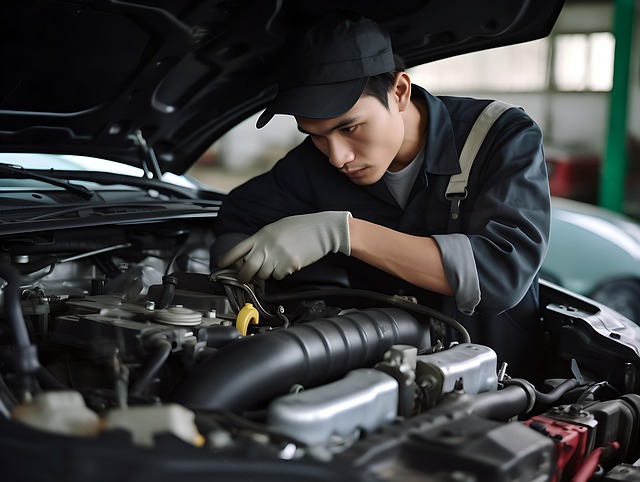
OEM glass plays a pivotal role in accurate Mercedes glass sensor calibration, ensuring the seamless operation of various vehicle systems. It refers to the original equipment manufacturer’s specific glass used in automotive sensors designed for Mercedes vehicles. This specialized glass is meticulously crafted to meet the stringent standards set by Mercedes-Benz, guaranteeing precise measurements and reliable performance.
In a collision repair shop or auto bodywork facility, the importance of OEM glass cannot be overstated. When calibrating sensors, such as those found in advanced driver assistance systems (ADAS) or safety features, using genuine Mercedes glass ensures that the data collected is consistent with the vehicle’s original specifications. This precision is crucial for proper sensor functioning, enabling accurate readings and effective collision avoidance mechanisms. Auto repair services relying on OEM glass maintain higher standards of quality control, ultimately enhancing road safety for Mercedes owners.
The Impact of Using High-Quality OEM Glass on Sensor Accuracy
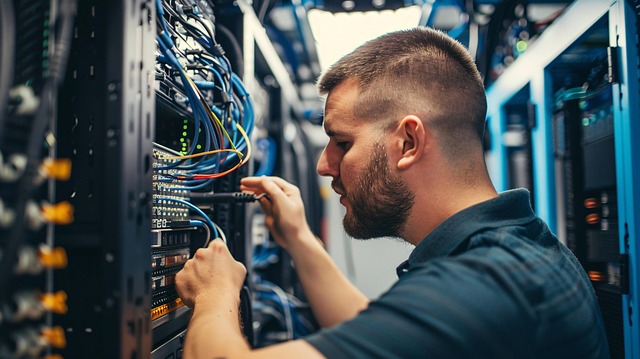
The use of high-quality Original Equipment Manufacturer (OEM) glass during Mercedes sensor calibration plays a pivotal role in ensuring precision and accuracy. OEM glass is specifically designed to meet the exact specifications of Mercedes vehicles, guaranteeing a perfect fit and seamless integration with the car’s systems. This level of customization ensures that each sensor is aligned precisely, allowing for reliable data transmission. When calibrated with OEM glass, sensors can detect even the slightest variations, providing accurate readings crucial for optimal vehicle performance.
Compared to inferior alternatives, high-quality Mercedes glass offers superior clarity and durability. It maintains a consistent index of refraction, which is essential for precise measurements. This consistency minimizes errors in sensor calibration, ensuring that every component functions as intended. By using OEM glass, tire services, car paint services, and auto body painting professionals can rest assured that the calibrated sensors will deliver reliable performance throughout the vehicle’s lifecycle.
Best Practices for Ensuring Optimal Sensor Calibration with Original Equipment Glass
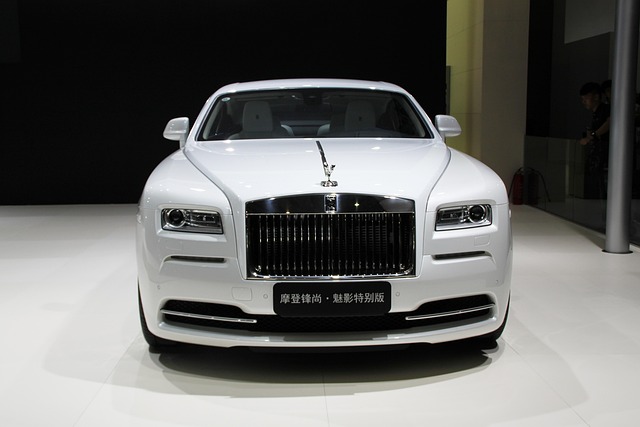
To ensure optimal Mercedes glass sensor calibration, several best practices should be followed. First and foremost, only use Original Equipment (OEM) glass for replacement or repair. OEM glass is designed to meet the exact specifications of the vehicle’s sensors, guaranteeing precise readings and calibration. Using aftermarket glass can lead to inaccurate data transmission, compromising the vehicle’s safety systems and overall performance.
Additionally, proper installation is paramount. Trained technicians should handle the process, ensuring each sensor is securely fastened and aligned correctly. Regular maintenance checks are also crucial. Even minor discrepancies in sensor positioning or readings can accumulate over time, leading to significant calibration issues. Regular inspections allow for early detection and correction of any problems, maintaining the integrity of the car body repair and enhancing the efficiency of collision repair centers. This practice extends the lifespan of sensors and supports optimal performance during auto painting processes.
OEM glass plays a pivotal role in ensuring precise Mercedes glass sensor calibration. Its consistent quality and specific design characteristics enable sensors to deliver accurate readings, crucial for optimal vehicle performance and safety. By adhering to best practices and utilizing high-quality OEM glass, mechanics can guarantee that Mercedes vehicles’ sensor systems function at peak efficiency, ultimately enhancing the overall driving experience.
